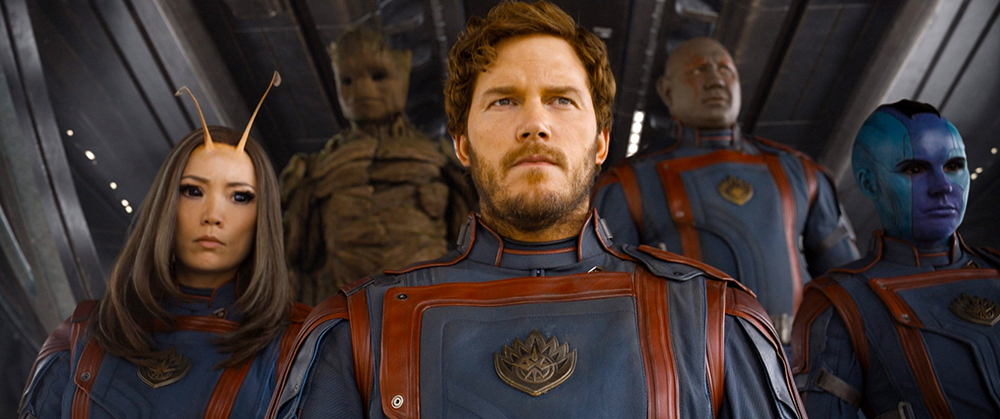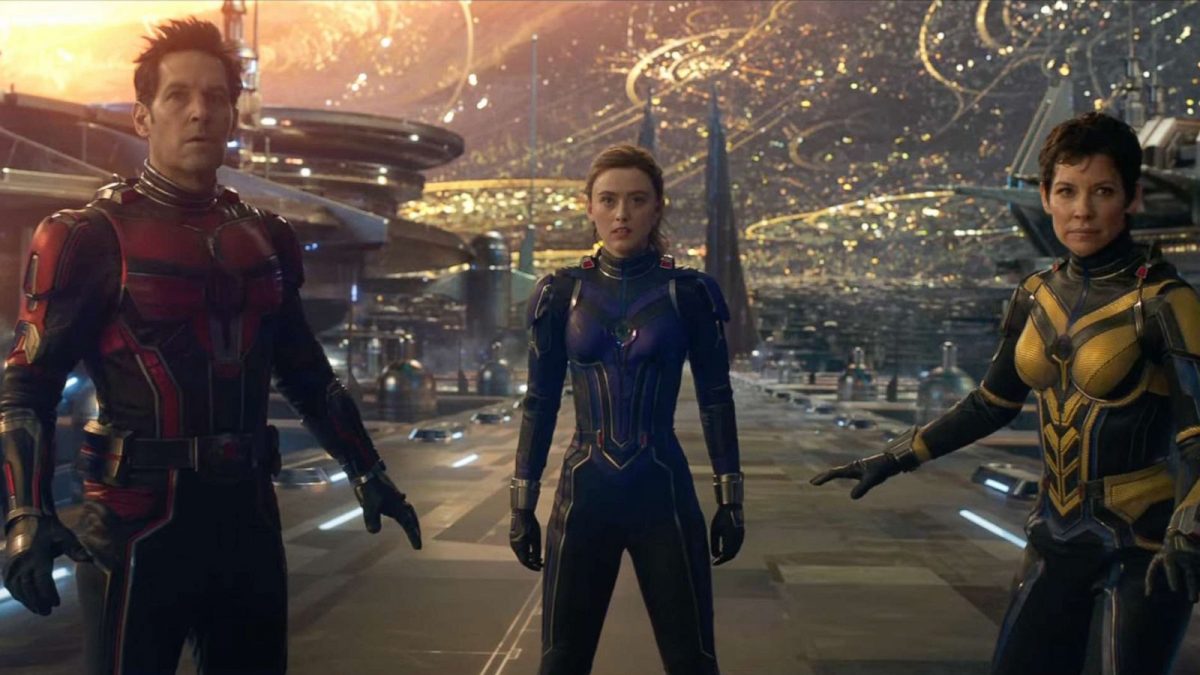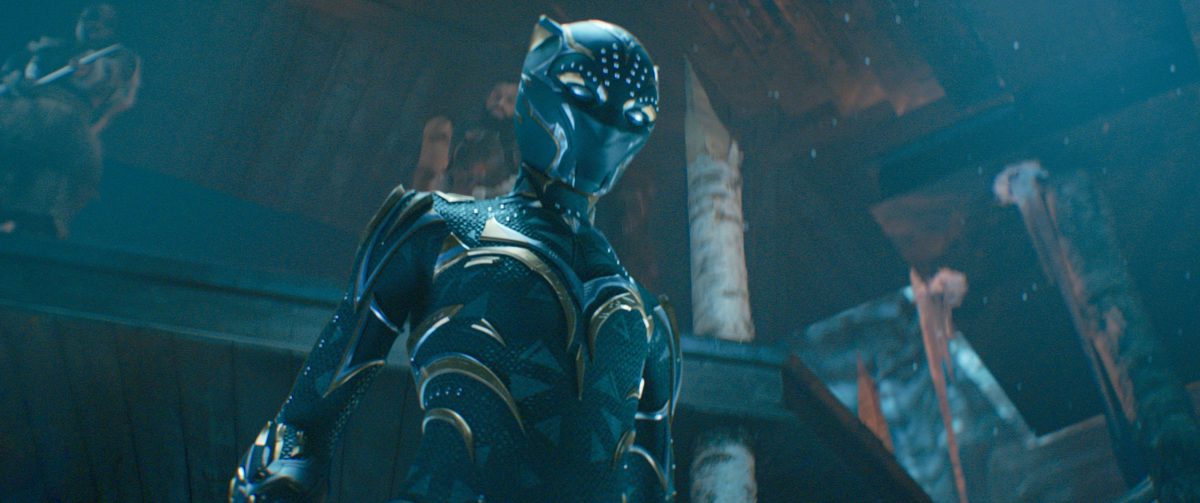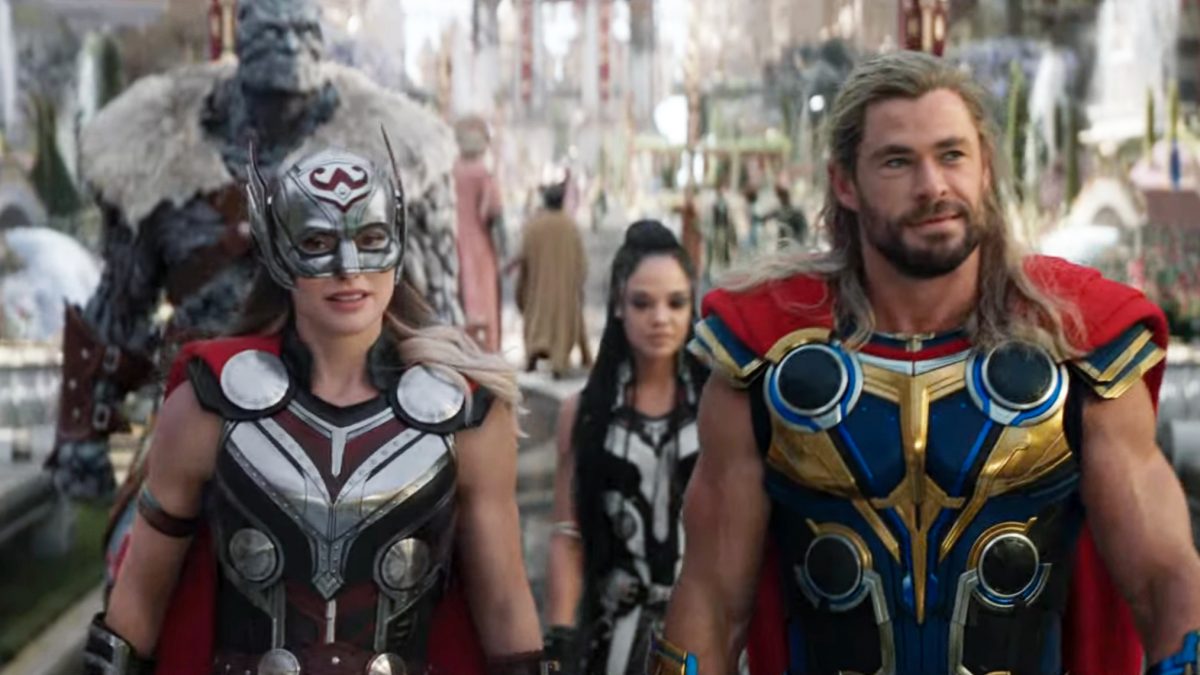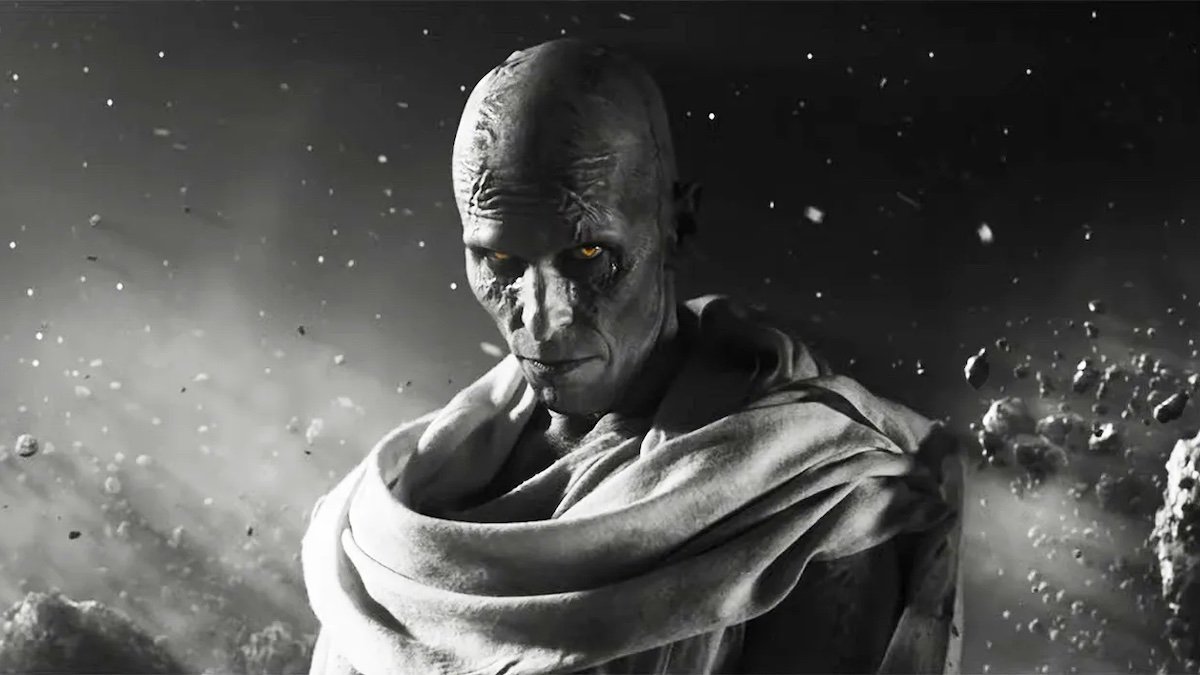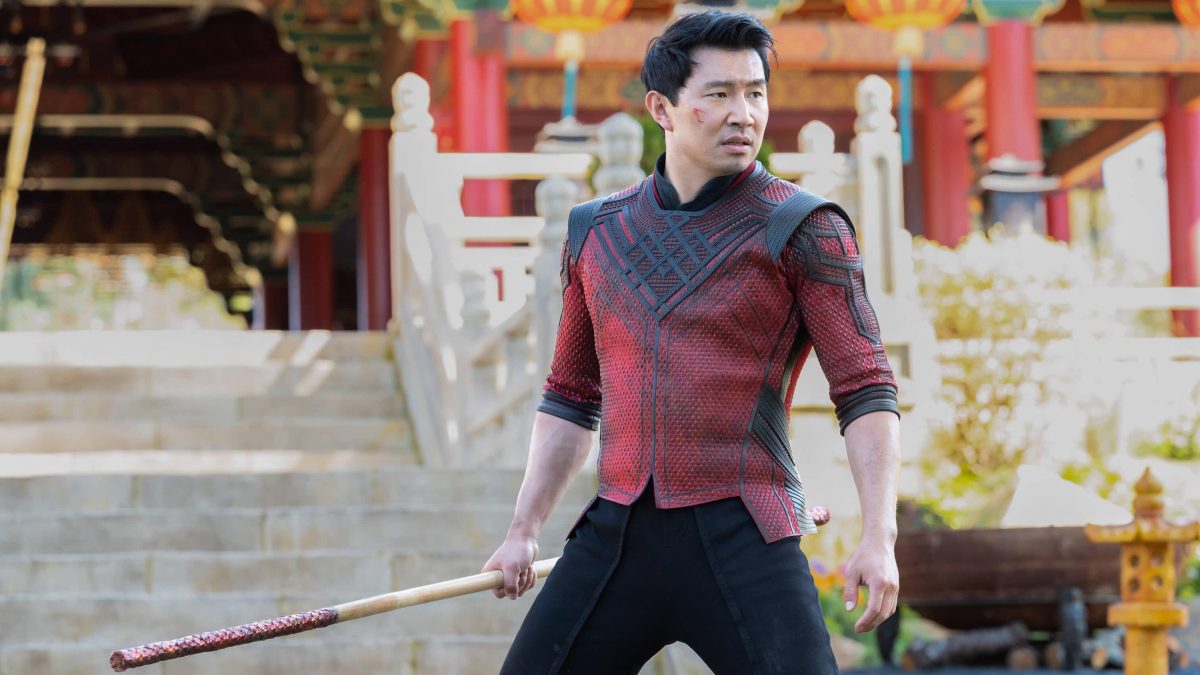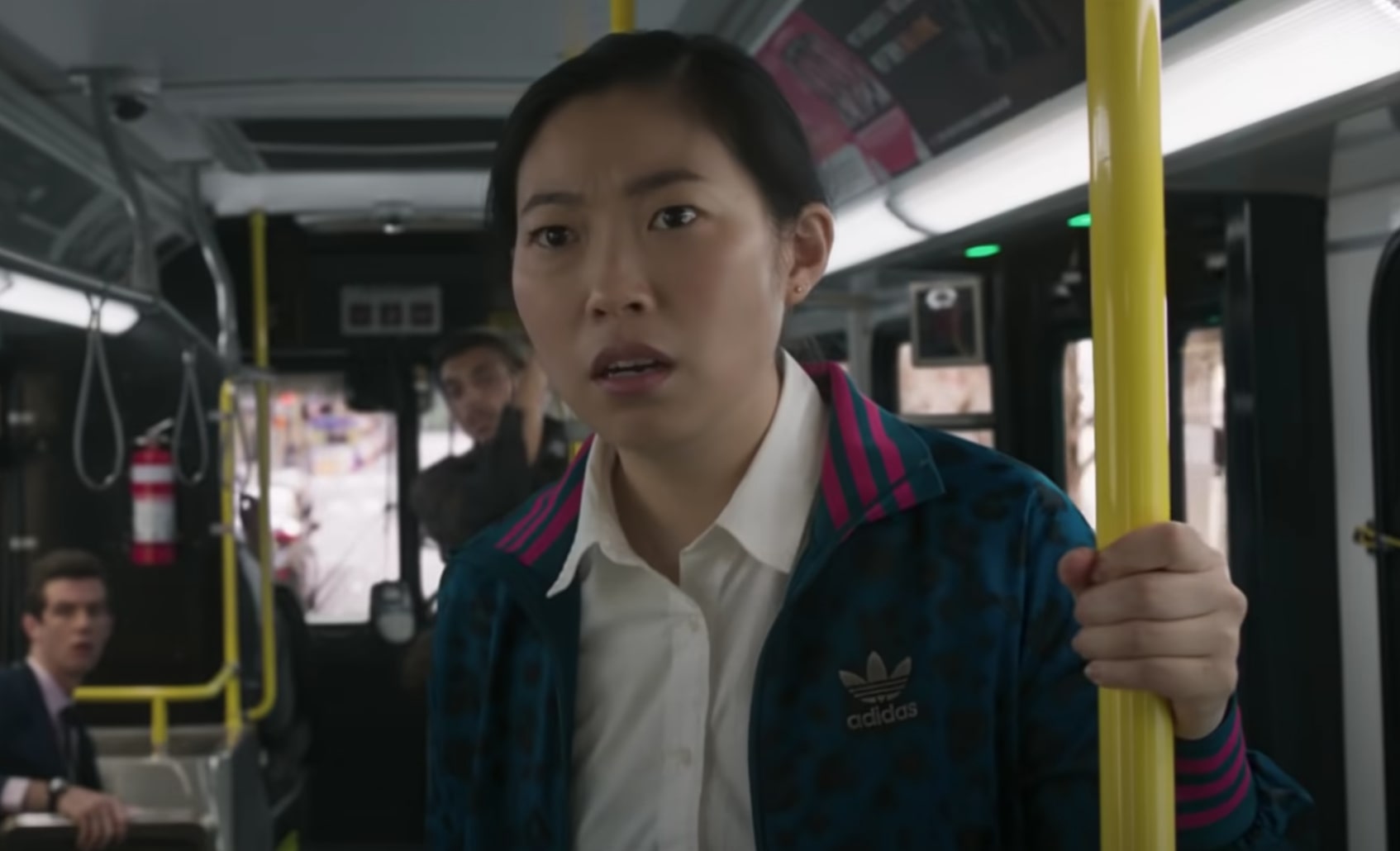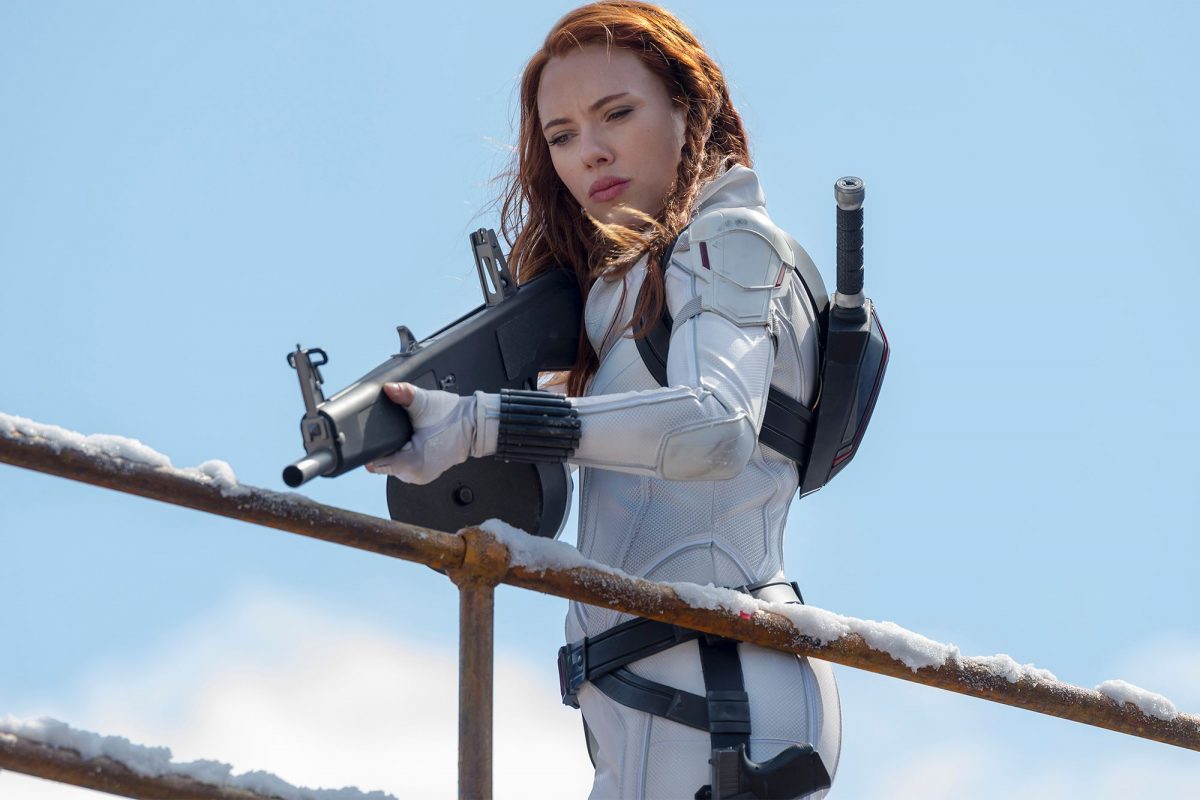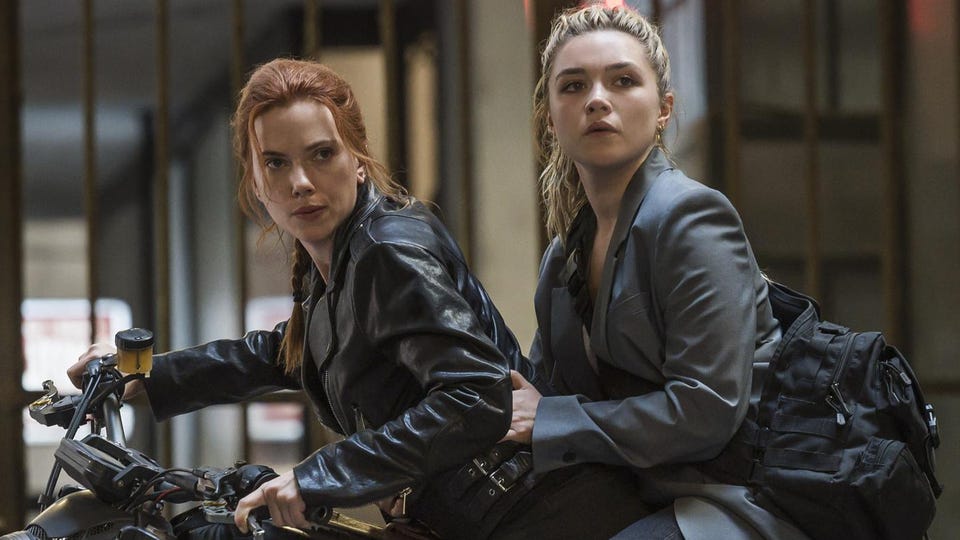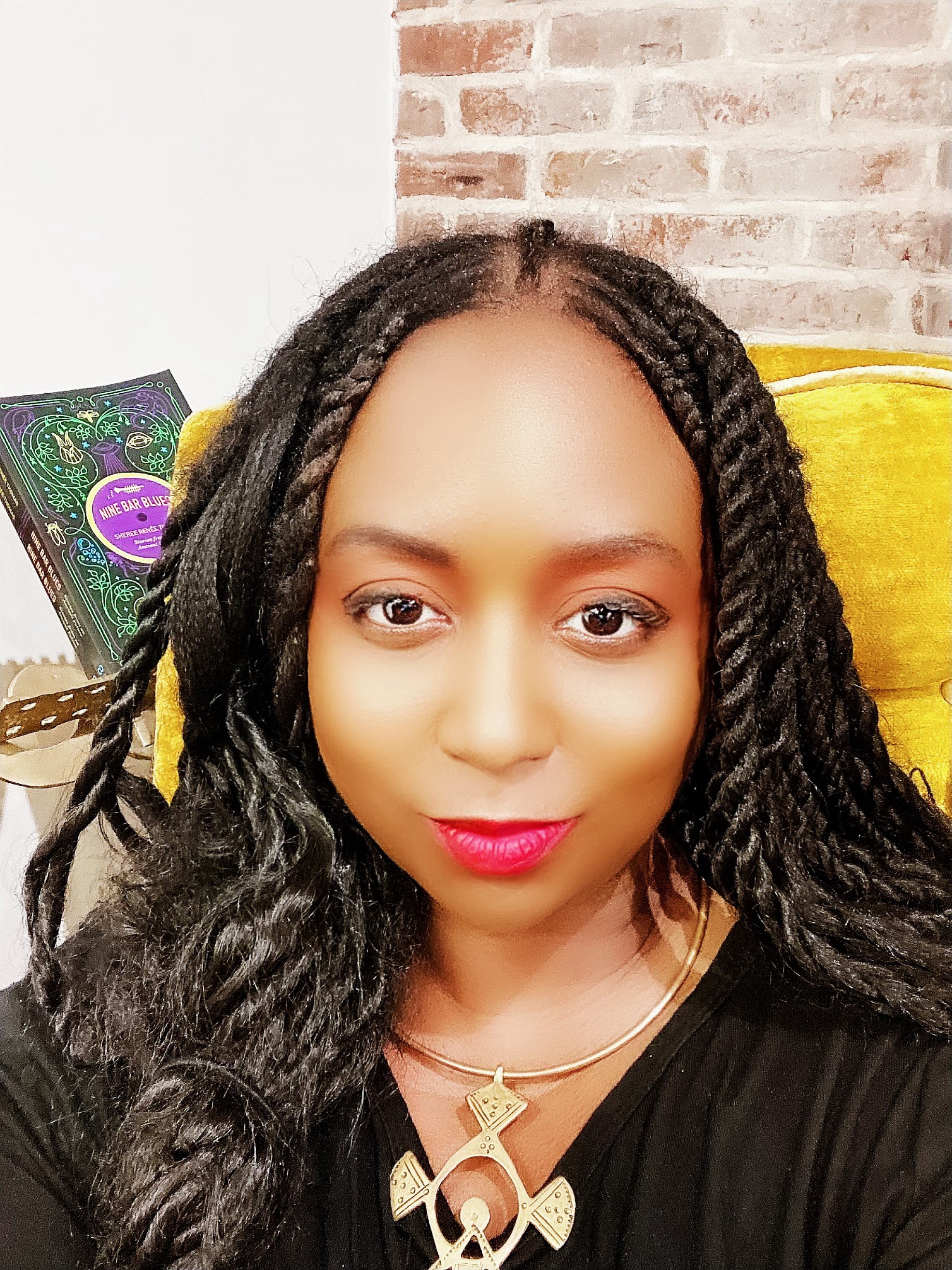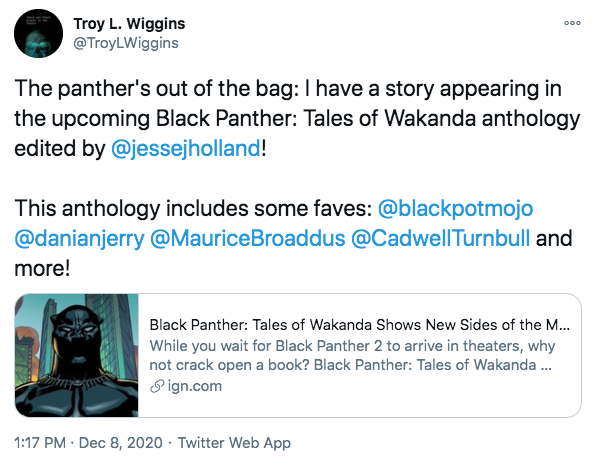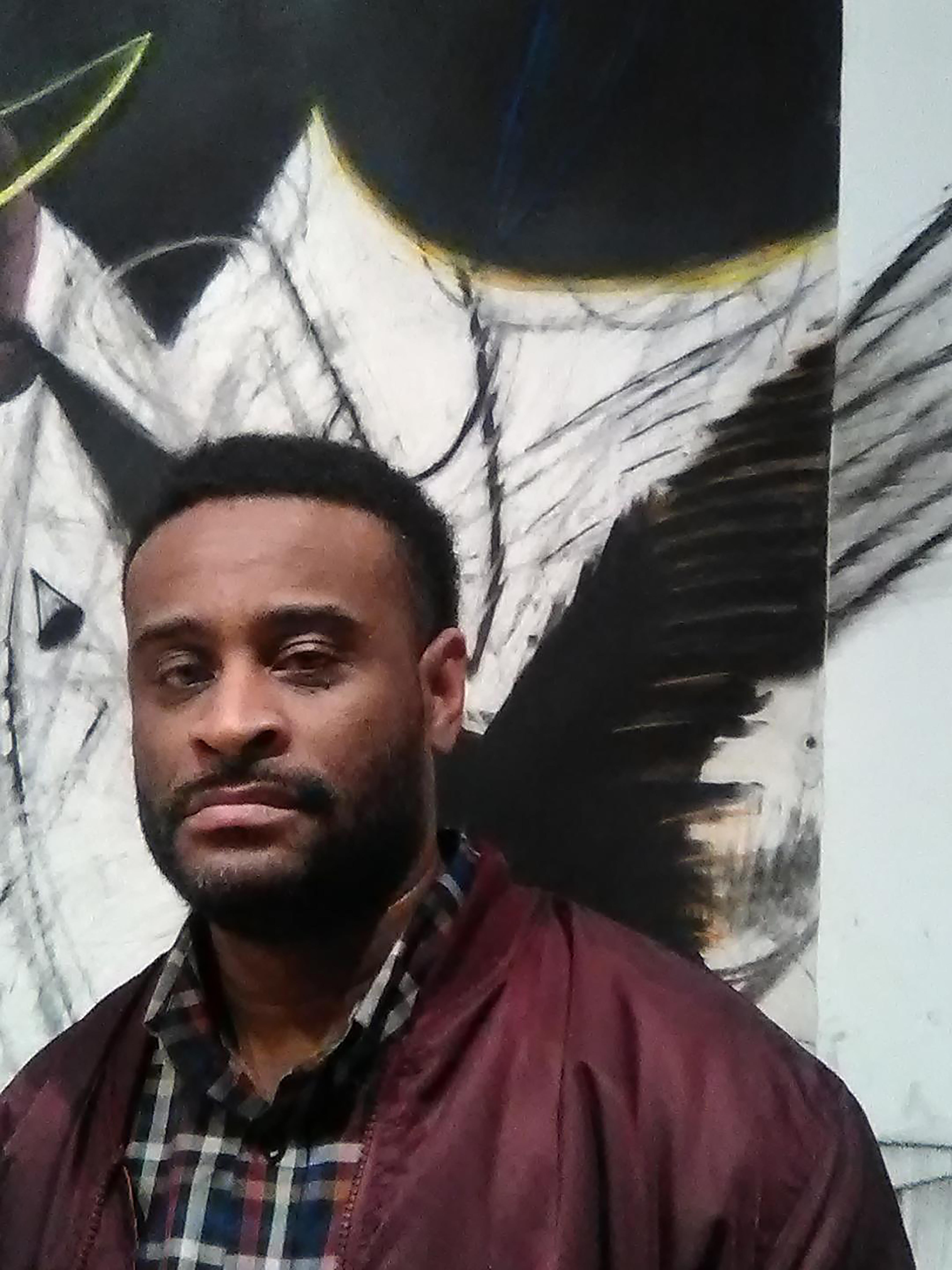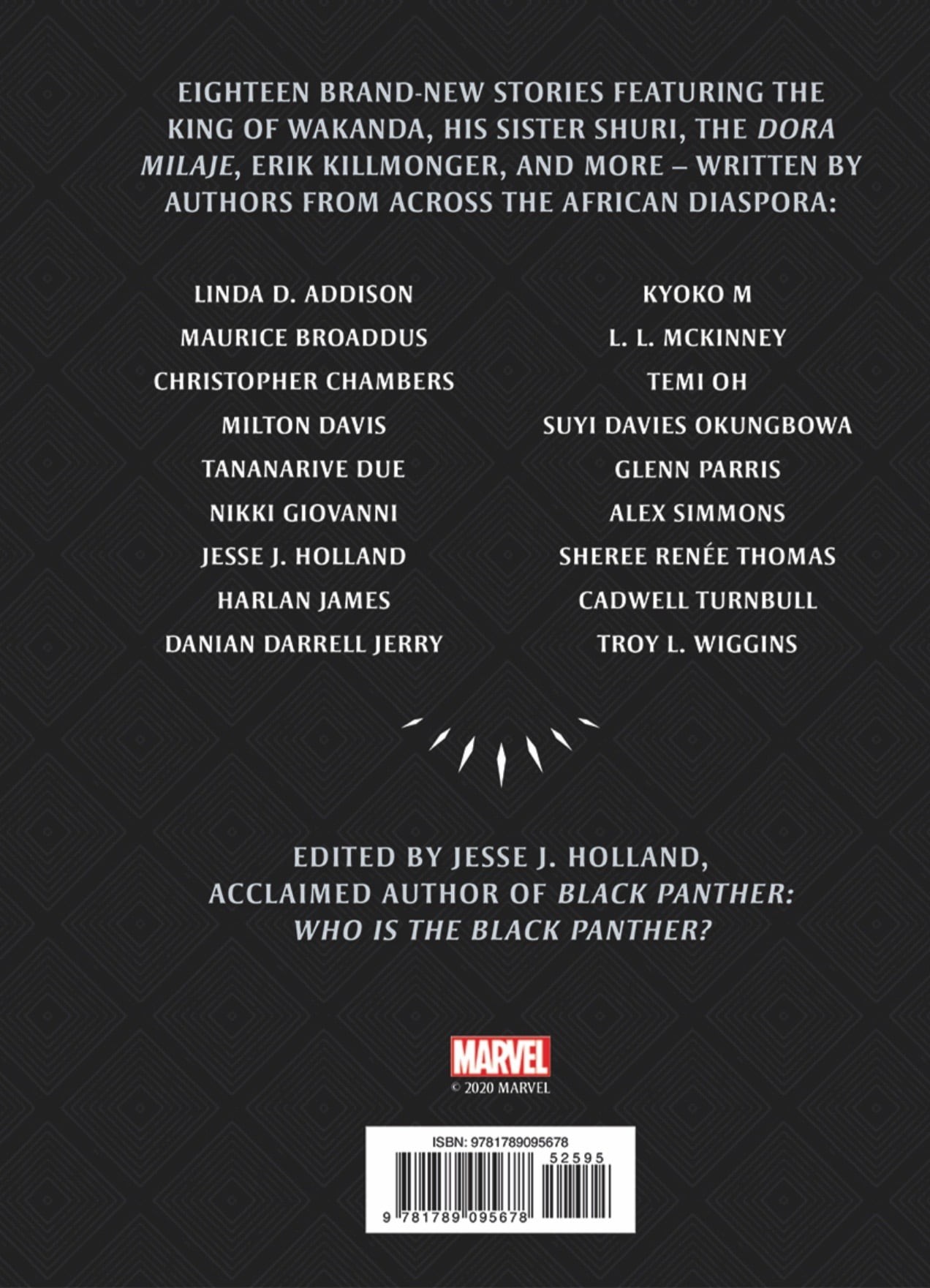The first installment of Marvel’s Guardians of the Galaxy foreshadowed the wacky space antics to come by opening with Peter Quill, aka Star-Lord (Chris Pratt), grooving to Redbone’s “Come and Get Your Love” on a deserted planet. Volume 2 followed Baby Groot (voiced by Vin Diesel) as he boogies to Electric Light Orchestra’s “Mr. Blue Sky,” blissfully unaware that his fellow Guardians are locked in combat with a giant octopus monster.
But Guardians of the Galaxy Vol. 3 offers no such playful dance number intro from a joyful audience surrogate. Director James Gunn’s Marvel swan song (he’s now creative director for rival DC Studios) opens in darkness. A group of baby raccoons in a dirty cage hears footsteps echo from a hallway, and a silhouette emerges. All the raccoons flee from the cage door except one, his eyes wide in terror as a hand extends slowly into the cage.
That frightened face morphs into the present-day Rocket (Bradley Cooper), the anthropomorphic gunslinging raccoon (but don’t call him that) and Gunn’s preferred “secret hero” of the franchise. When the bristles on Rocket’s face come into sharp focus — the most accomplished CGI that we’ve seen in a Marvel film for quite a while — it’s clear Gunn is not interested in repeating himself.
The rage and frustration of Radiohead’s “Creep” follow Rocket in an early scene as he walks through Knowhere, the Guardians’ new HQ. His found family of oddballs are in a bad place following the events of Avengers: Endgame. A permanently drunk Quill is despondent that former teammate and love interest Gamora (Zoë Saldaña) doesn’t remember her time as a Guardian, while Nebula (Karen Gillan), Drax the Destroyer (Dave Bautista), and Mantis (Pom Klementieff) do their best to pick up the pieces. Meanwhile, comic relief Kraglin (Sean Gunn) is joined by newcomer Cosmo the Space Dog (voiced by Maria Bakalova), cracking wise, playing cards, and trying to keep the mood up.
The early sidelining of Quill establishes that this is Rocket’s story, with frequent flashbacks to his time as a genetic experiment under the eye of the maniacal High Evolutionary (Chukwudi Iwuji), a man that harbors a twisted obsession to create the perfect being. Rocket is critically injured during an early skirmish with newcomer Adam Warlock (Will Poulter), but the crew needs the High Evolutionary’s tech to save him. From there, the story gets dark and even depressing, at one point delivering the franchise’s first “Fuck.”
Previous Guardians films have explored the core crew’s backstories, but Rocket’s tragic past has only been hinted at. Guardians has always been about fatherly trauma, whether it’s Gamora and Nebula’s years of torture under Thanos, Drax’s failure to protect his late daughter, or the revelation that Quill’s father was Ego the Living Planet. Rocket’s grueling backstory gives the movie something that’s been missing from recent Marvel films: an emotional core.
Young Rocket dreams big with his fellow experimental subjects; they’re excited to be a part of the High Evolutionary’s new world, even as they undergo grotesque, body-horror alterations. Pet lovers beware: There are some pretty brutal depictions of violence enacted upon animals in this movie.
Star-Lord’s attempts to win back Gamora provide the series’ usual semi-comic tone, and we get the requisite space shoot-outs, and even a Nathan Fillion cameo. But pathos is never far from the surface; Rocket’s journey through his trauma is always front and center. It’s a refreshing change of pace from the sanitized corporate slop that has given moviegoers superhero fatigue during the MCU’s latest phase. Gunn even manages to introduce Warlock, who is set to be a big player in future MCU films, as an organic part of this story, rather than a distraction.
Guardians Vol. 3 is the most creative Marvel film in years, a fitting end to Gunn’s time with Disney. It should serve as the template going forward, but will it? It seems unlikely super-producer Kevin Feige will afford this much creative leeway to directors with lesser reputations, and with Gunn off to DC, the MCU will probably return to the assembly line approach that’s left Phases 4 and 5 feeling stale. At least Gunn, Star-Lord, Gamora, Drax, Nebula, Mantis, Groot, and especially Rocket can all go out with a bang.
Guardians of the Galaxy Vol. 3
Now playing
Multiple locations
